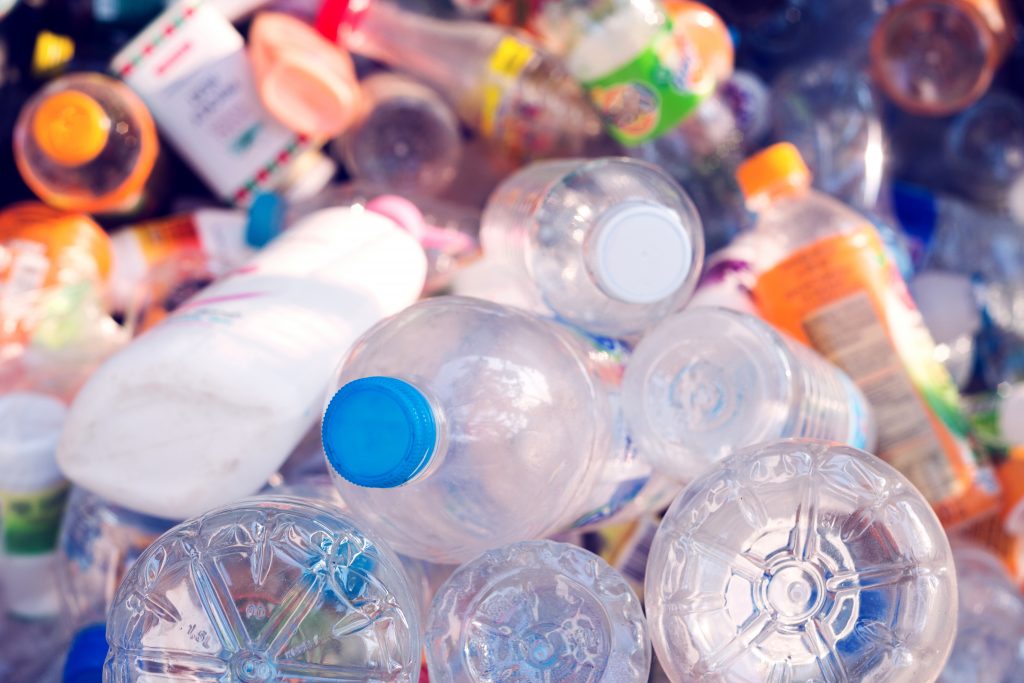Sustainable business models for a circular economy require collaboration and investment in research, writes Shawn Welch

Even before Covid-19 presented an opportunity to establish ‘a new normal’, we were rapidly approaching a tipping point for packaging. While the change in consumers’ environmental consciousness is positive, its urgency means that finding the quickest solution does not allow for the time required to identify and prevent the hidden costs of switching to the alternatives. We are at a crossroads, with stakeholders reviewing a range of paths in search of truly sustainable solutions. To achieve a circular economy, we must align these different paths by taking steps towards collaboration, fact-based research, and investing in better infrastructure and consumer education.
As a first step, we need to understand the impact of packaging materials on the environment, supply chains, and the businesses related to them. How many of us have had time to check the amount of energy used in production, looked at the amount of natural resources used over a material’s entire life cycle, or wondered if increasing the weight of packaging has negative consequences to the environment? These important questions might get overlooked next to the more visible topic of packaging waste, for which plastic has become ubiquitous. The solution for plastic waste may not be to eliminate the material all together. We must instead consider the lifecycle impact of alternative materials and rethink the way we use and design plastic – moving away from a linear make-use-discard system – to a Circular approach.
All packaging materials, including plastics, should be designed through a circular economy lens. A solution that has been favoured by many is simply replacing plastic with glass, cardboard or paper. This tends to come with unintended consequences, ranging from increased CO2 emissions during transport to deforestation. Many of us have considered the triple bottom line of financial, environmental, and social value – but now is the time to truly advance our business models and ‘build back better’. Designing businesses around a circular economy requires us to invest in research, partnerships, and empowering consumers to do their part in helping close the loop, on plastic and all other materials.
Starting at the Beginning: Research and Designing for Circularity
Before making any changes, all potential outcomes need to be well understood. This might mean putting assumptions aside and conducting research on the environmental impact of our products. Consumers want the convenience and benefits of plastic but without the perceived environmental consequences. Alternatives, however, remain less tested regarding their long-term impact and often hefty price tags.

For some applications, a better material than plastic simply might not exist yet, especially as we are beginning to realise that alternatives to plastic may not be as environmentally friendly as we think. For instance, Life Cycle Assessments (LCA) of post-consumer recycled (PCR) plastic ring multi-packaging for beverage six-packs and their paperboard alternatives, when considering their entire life cycle, have shown that paperboard required 3.8 times more water during manufacturing and generated 6.9 times more solid waste overall than the PCR option. Additionally, the PCR six-pack carriers produced 73% less greenhouse gas emissions and consumed 90% less energy. These findings demonstrate the value in adapting, rather than eliminating plastic.
Designing more sustainable products means taking into account a product’s entire life cycle impact: designing for circularity impacts every stage of production. Incorporating recycled content into packaging, for instance, reduces the need for virgin materials and helps improve the product’s recyclability by increasing demand for recycled materials.
Stronger Together: Leadership through Partnerships
Achieving a circular economy also requires clear corporate leadership and collaboration between industry players. Leaders drive the behaviours within organisations and can help make change by ‘owning’ sustainability, incorporating a circular approach into our business models. Backing up sustainability goals with research also helps achieve shareholder and stakeholder buy-in through alignment of Corporate Social Responsibility initiatives.
Additionally, inter- as well as intra-company collaboration can align the current wide variety of perceived solutions, which has resulted in consumer confusion on what ‘truly’ is sustainable. Conversations with other leaders are crucial and provide opportunities for increased transparency and information sharing. Partnerships with other organisations also help hold companies accountable, and we can already see manufacturers making commitments to the Ellen MacArthur Foundation and the U.S. Plastics Pact. Furthermore, manufacturers supporting cross-industry partnerships with recycling organisations, and investing in recycling programmes, can help improve municipal recycling infrastructure and support the recyclability of otherwise difficult-to-recycle materials.
Without collaboration, without sharing information and resources, we will continue driving down different paths until it is no longer possible to make the necessary changes to save our planet. If we want to make real progress towards a sustainable future, as measured by the UN’s Sustainable Development Goals, we need to commit to larger, shared goals on the Circular Economy.
End-of-life Challenges: Empowering and Educating Consumers
We also need to empower consumers to make more sustainable choices and recycle more. To encourage consumer participation, we can share information on what the longer-term implication of consumers’ actions are, such as showing the negative impact of littering, and how they can participate in a circular economy to keep waste out of our oceans and the environment.
This is key, as a lack of easy to understand information has resulted in confused consumers without the confidence to recycle properly. A recent study we commissioned YouGov to undertake for a report on the state of plastic recycling revealed that 80% of adults across four territories, who were not currently recycling all of their plastic waste, reported they would recycle more frequently if they had better guidance and facilities. To help drive recycling, manufacturers could regularly analyse the LCA data of their materials and publish the results to maintain transparency on what happens to their products at end-of-use.

Aligning Public and Private Sectors: Investing in Recycling Solutions
To make a real difference, investment needs to be made at every level. As much of the existing recycling infrastructure supports a one-way road of waste, investing in better systems is necessary to achieving a circular economy. It would be wise for governments to look at countries such as Spain which have already created infrastructure able to recycle the majority of waste – including flexible plastics – and work with private recycling organisations until municipal systems can catch up.
Despite the challenges we’re facing: our mission as business leaders must include finding the most sustainable solution for our companies and products. For packaging, that means protecting its value potential by analysing the true impact of plastic alternatives, reinventing plastics where required and securing recyclability in the circular economy. Collaboration is the only way to stay on a single path towards a circular economy – and a more sustainable future.

Shawn Welch is Vice President and General Manager of Hi-Cone Worldwide, a solutions provider for beverage multipackaging. He’s an active advocate for a circular economy and has led a range of initiatives to advance it.



